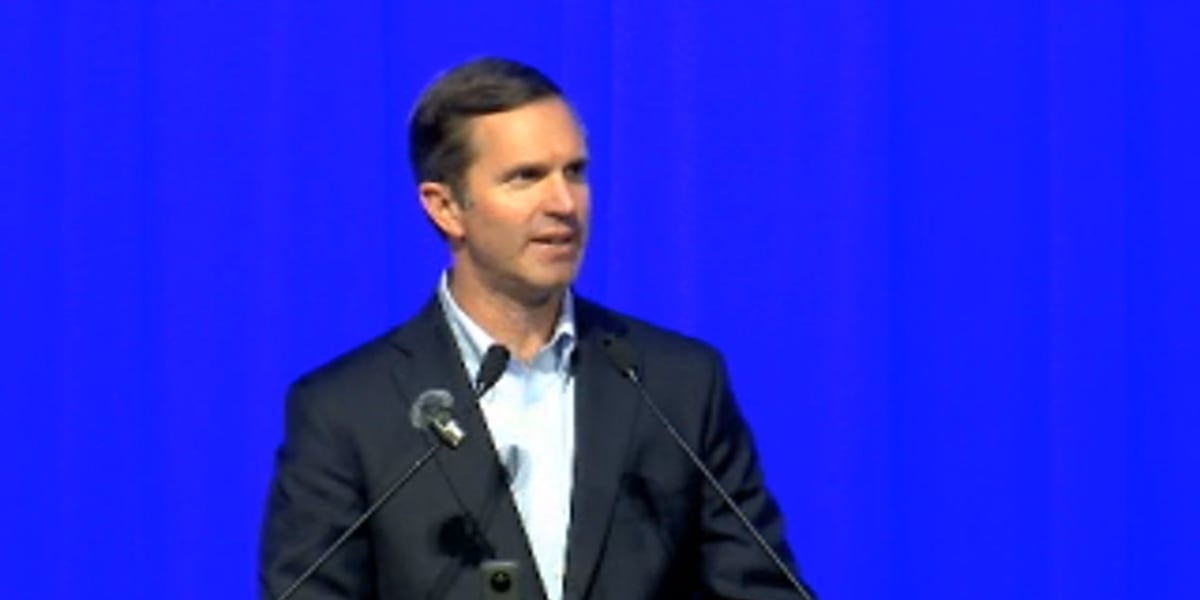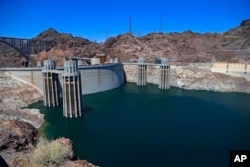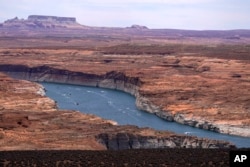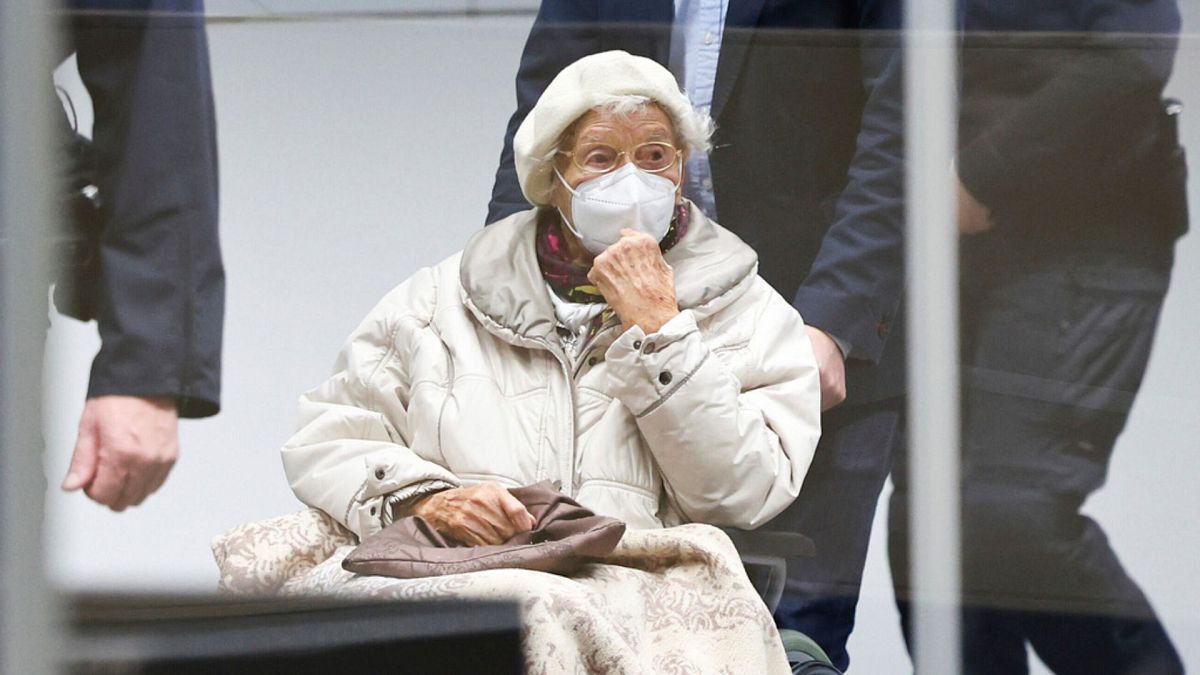Colorado
Colorado weather: Heat wave continues through weekend, severe storms return Wednesday

Above-normal temperatures will continue across Colorado this week, with 90-degree weather forecast for Denver and the Eastern Plains through the weekend, according to the National Weather Service.
After severe thunderstorms on Sunday and Monday, NWS forecasters said Tuesday will be warmer and drier.
Monday’s afternoon storms brought between quarter and tennis-ball-sized hail to the Front Range and Eastern Plains, according to NWS severe weather reports.
The largest hail reported Monday was 2 inches in diameter — about the size of a tennis ball — and found in Ramah in El Paso County, according to the reports.
Two tornadoes touched down in eastern Colorado on Monday — one 10 miles northeast of Deer Trail in Arapahoe County and another just west of Shamrock in Adams County — NWS severe weather reports show. Meteorologists have not yet determined how strong the tornadoes were.
Denver will see temperature highs around 94 degrees on Wednesday before cooling off into the low 60s overnight, according to NWS forecasters.
Out east — including Fort Morgan, Julesburg, Sterling and Limon — temperatures will also peak in the 90s Tuesday and stay high through Saturday, forecasters said.
With the above-normal heat, weather officials issued an Ozone Action Day Alert through 4 p.m. Tuesday for the Front Range and metro area.
On Tuesday, ozone concentrations will be unhealthy for sensitive groups in the south and west Denver metro area, including the nearby foothills, NWS officials said in the air quality alert.
State officials said short-term exposure to unhealthy ozone levels can cause coughing; eye, nose and throat irritation; chest pain; difficulty breathing and asthma attacks. Long-term exposure has been linked to a variety of health issues, including lung and cardiovascular disease and premature death.
During action days, people should avoid driving gas- or diesel-powered cars, rigorous outdoor activity during the heat of the day and letting their car idle until the alert is lifted.
“Increasing moisture will also mean scattered showers and storms during the afternoon hours Wednesday through Friday,” NWS forecasters said.
The primary concern from these storms will be heavy rainfall — which could cause flash flooding across the state — damaging winds and hail, according to a NWS hazardous weather outlook.
Get more Colorado news by signing up for our daily Your Morning Dozen email newsletter.
Originally Published:

Colorado
Former Utah All-American Trevor Reilly leaves Colorado’s coaching staff before season

Former Utes linebacker Trevor Reilly is longer coaching with the Colorado Buffaloes, according to reports. The assistant under Deion Sanders reportedly resigned before fall camp in Boulder. He has been with Coach Prime since 2021 when he was a graduate assistant at Jackson State.
Reilly was Colorado’s special teams coordinator over the past 20 months. He recently surfaced in Hawaii at a football practice on campus, but hasn’t reportedly been around Salt Lake City to visit Kyle Whittingham or the Utes players since leaving Sanders’ staff.
The Utes standout played in 48 games (32 starts) during his time at Utah from 2009-13. As one of the Pac-12’s best defenders, he earned All-American honors as a senior. According to Utah Athletics, he finished in the top five in six Utah career record categories: sacks (20, 4th/tie), sack yards (144, 4th), tackles for loss (37, 3rd), TFL yards (202, 4th), fumble recoveries (6, 4th/tie) and fumbles forced (8, 2nd/tie).
Alex Smith to become first inductee of Utah Football’s Ring of Honor on Aug. 29
Reilly was selected by the New York Jets in the seventh round (233 overall) of the 2014 NFL draft. He spent five years with three teams in the league, including the Miami Dolphins and New England Patriots. Unfortunately, injuries got the best of him before retiring in 2018.
Colorado
US Plans to Limit Water Usage from Colorado River

The U.S. government plans to reduce the amount of Colorado River water several states are permitted to use next year.
The river supplies water to seven Western states, more than 20 Native American tribes, and two states in Mexico.
Those states and the country of Mexico are also considering plans for how to share the water after 2026. That is when many current rules and agreements about the use of Colorado River water will come to an end.
The river brings water to millions of hectares of farmland in the American West. Hydroelectric dams on the river produce power. Experts say increased water use, combined with rising temperatures and dry weather, are the reasons for the need to make cuts.
In 2007, following years of dry weather, the U.S. states in the river’s basin and the federal government agreed to rules to help deal with lower water levels. The states involved were Arizona, Nevada, California, Colorado, New Mexico, Utah and Wyoming.
Those rules determine when some of the states must cut their water usage based on levels at Lake Mead. The lake is on the border of Nevada and Arizona. It provides water for hydropower, farming, and other needs.
Because of the need for new rules, states, Native American tribes, and others are forming new plans to deal with even deeper water cuts that might happen in 2026.
The federal government will announce water cuts for 2025 based on levels at Lake Mead. If Lake Mead drops below a level that has been agreed to, Arizona, California, Nevada and Mexico will face cuts. However, California might not face cuts because the current rules give that state special water rights.
Last year, Arizona, California and Nevada agreed to save an extra 3 million acre-feet of water in addition to the cuts the federal government had already required. An “acre-foot” is equal to about 1.2 million liters. In return, the U.S. government agreed to pay water districts and other users for much of that reduction in water use.
Colorado, New Mexico, Utah and Wyoming are in the river’s Upper Basin. Those states have not used all of the water the rules permit them to use. For this reason, they have not yet had to reduce the amount of water they take from the river.
Wet weather in 2023 and efforts to save water by Lower Basin states have increased the level of Lake Mead and Lake Powell. Lake Powell in Utah is another body of water that holds and releases water from the river.
However, experts say higher temperatures will continue to reduce water in the Colorado River in the coming years.
In March, Upper and Lower Basin states, tribes and environmental groups proposed plans to deal with likely water reductions in the future.
Arizona, California and Nevada asked the federal government to include water levels at other reservoirs besides Lake Mead and Lake Powell. Their plan says that if the whole system drops below 38 percent of the maximum amount of water it can hold, the Upper Basin and Mexico should share deeper cuts equally with the Lower Basin.
Colorado, New Mexico, Utah and Wyoming want larger and sooner cuts when water is low at Lake Mead and Lake Powell. The cuts would affect California, Arizona and Nevada. Their plan does not call for reductions in how much water Upper Basin states use.
The federal government is expected to propose new rules by December. The rules would consider the different plans and possible steps for the future. Until then, states, tribes and other groups will continue negotiations on water.
I’m Andrew Smith. And I’m Anna Matteo.
Suman Naishadham wrote this story for The Associated Press. Andrew Smith adapted it for VOA Learning English.
________________________________________________
Words in This Story
basin –n. the area drained by a river
determine –v. to officially decide
acre-feet –n. a measure of volume used specifically in the United States for large-scale water use which is equal to about 1.2 million liters
district –n. a special area created by a government for a special purpose
reservoir –n. a body of water usually formed by a dam that is meant to be used as a water supply
Colorado
It took 50 years but Colorado finally met federal standards to lower carbon monoxide pollution

Five Colorado cities hit a benchmark for reducing carbon monoxide in the air and now Colorado will ask the Environmental Protection Agency to release it from federal oversight for monitoring those emissions.
It would be the first time in nearly 50 years that Colorado would not be under federal oversight for carbon monoxide emissions that largely were caused by heavy rush hour traffic and cars made without catalytic converters. On Thursday, the Colorado Air Quality Control Commission voted to remove federal oversight and repeal monitoring requirements. The Environmental Protection Agency must approve the plan.
“Colorado experienced high levels of carbon monoxide pollution in the 1970s and 1980s, and this milestone shows how far we’ve come in protecting and improving air quality for all Coloradans,” commission chairman Patrick Cummins said.
In the 1970s, Colorado Springs, Denver, Greeley, Longmont and Fort Collins were plagued by high carbon monoxide emissions, mostly from automobile exhaust. Throughout the decade, the region exceeded federal standards for carbon monoxide more than 100 times with most of those violations happening during daily rush hours.
Those cities were placed under Environmental Protection Agency oversight to reduce carbon monoxide, an odorless, tasteless gas that can cause headaches, dizziness, nausea and chest pain, and can exacerbate pre-existing conditions such as heart diseases.
Colorado was able to reduce carbon monoxide in the air as more automakers installed catalytic converters in cars and trucks and by using gasoline that burned cleaner. The state also started requiring auto emissions inspections.
In 1999, the state hit the federal standard for carbon monoxide emissions but it was required to stay in compliance for 20 years. It is now 80% lower than the federal standard and has stayed that way, allowing the federal oversight to be relaxed.
But that doesn’t mean the Denver Metro area and northern Front Range are in the clear. Nor will it stop finding ways to reduce carbon monoxide pollution, which also is created by oil and gas production.
The region is still considered in severe violation of National Ambient Air Quality standards for ground-level ozone pollution and measures continue to be in place to reduce nitrogen oxides and volatile organic compounds—the two ingredients that form smog on hot summer days.
Still, commissioners found the success in reducing carbon monoxide encouraging.
“Hopefully, it will inspire us to tackle the outstanding challenges that we have,” Commissioner Elise Jones said. “We can see that it is possible to achieve them.”
2024 MediaNews Group, Inc. Distributed by Tribune Content Agency, LLC.
Citation:
It took 50 years but Colorado finally met federal standards to lower carbon monoxide pollution (2024, August 19)
retrieved 19 August 2024
from https://phys.org/news/2024-08-years-colorado-met-federal-standards.html
This document is subject to copyright. Apart from any fair dealing for the purpose of private study or research, no
part may be reproduced without the written permission. The content is provided for information purposes only.
-

 Ohio6 days ago
Ohio6 days agoOhio taxpayers sent families $966 million for private school tuition: Capitol Letter
-

 World1 week ago
World1 week agoWhat could an EU Commissioner do to tackle the housing crisis?
-

 News7 days ago
News7 days agoRoger Stone says his email accounts were how the hackers got into the Trump campaign
-
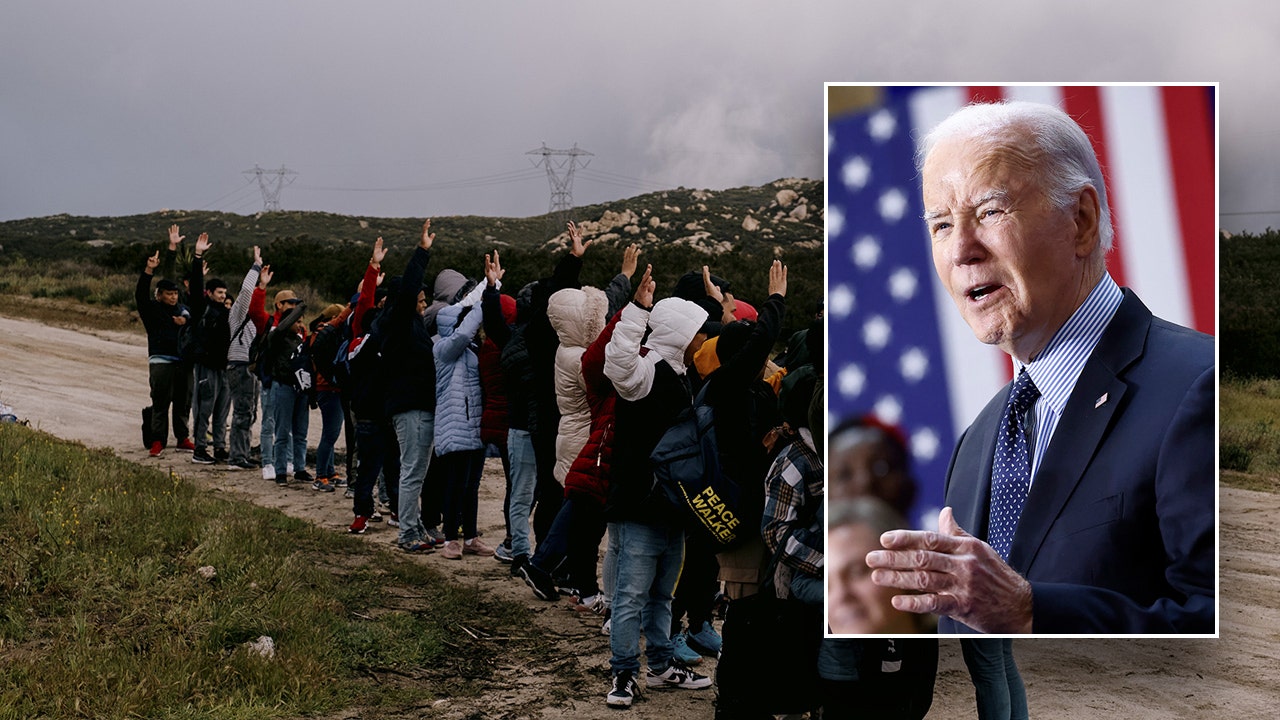
 Politics1 week ago
Politics1 week agoGOP states sue to stop Biden admin extending Obamacare to illegal immigrants
-

 Politics1 week ago
Politics1 week agoTrump legal cases in limbo after SCOTUS immunity ruling, freeing up schedule to campaign
-

 News1 week ago
News1 week agoFull Trump-Musk Interview: Assassination Bid, Iran-Israel, Russia-Ukraine, Kamala-Biden, US Election
-

 News1 week ago
News1 week agoCross-Tabs: August 2024 Times/Siena Poll of the Likely Electorate
-

 Politics1 week ago
Politics1 week agoSecret Service apologizes after breaking into Massachusetts salon to use bathroom before Harris fundraiser



